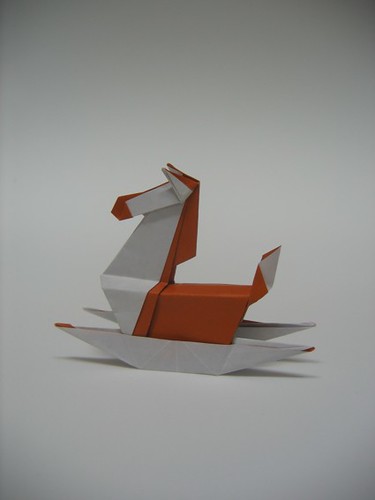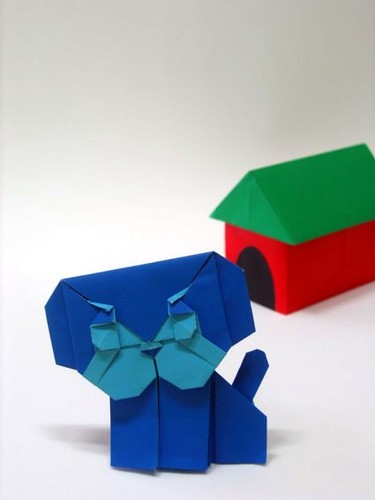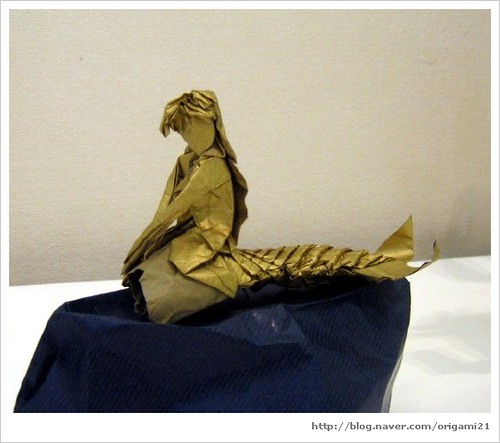
This is our second time at the Museum; we were there, maybe two years ago. The theme was birds. I've never been much for origami birds, so didn't have much in the way of exhibit models, pre-made. I wanted to do more complex ones, but ran out of time.
I was pleased to see two friends from my gymnastics life come by for a visit.

Happy Thanksgiving!
Photos here.





